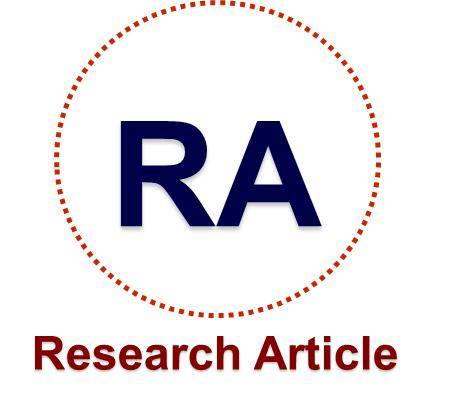Highly pathogenic avian influenza A (H5N1) clade 2.3.4.4b virus infection in captive bears (Ursus thibetanus) and in captive and wild birds, France, 2022
Authors: François-Xavier Briand, Marielle Beltrame, Carole Guillemoto, Rachel Busson, Laetitia Pigeyre, Véronique Beven, Arnault Felten, Angelina Orosco, Patrick Daniel, Loic Palumbo, Antoine Joris, Yannick Blanchard,......... Yannick Simonin
Ger. J. Vet. Res
2024.
vol. 4, Iss. 1
pp:77-82
Doi: https://doi.org/10.51585/gjvr.2024.1.0077

Abstract:
Since 2016, Europe has faced recurrent epidemics of highly pathogenic avian influenza (HPAI) A (H5N1) virus of clade 2.3.4.4b, with large numbers of deaths in wild and domestic birds. The 2022-2023 epidemic was characterized by an increase in the number of avian cases but also by an increased number of mammalian cases. Infected wild mammals were mainly marine mammals or scavengers such as foxes. Additionally, cases involving domestic mammals, like cats and farmed minks, have been documented. In December 2022, a HPAI subtype H5N1 virus belonging to clade 2.3.4.4b was identified in a captive bear and simultaneously in captive and wild birds in a wildlife park in France. Sequencing and phylogenetic analyses revealed that the bear and captive birds in the wildlife park most likely had the same origin and came directly from the infected wild birds. It is advised to monitor symptomatic domestic or captive carnivores when they come into contact with infected birds to stop the spread of the virus across species and to identify the potential mammalian-specific viral molecular markers.
Keywords:
Highly pathogenic avian influenza virus, H5N1, Bears, Wild Birds, Transmission, France
Statistics:
Article Views: 2266
PDF Download: 124